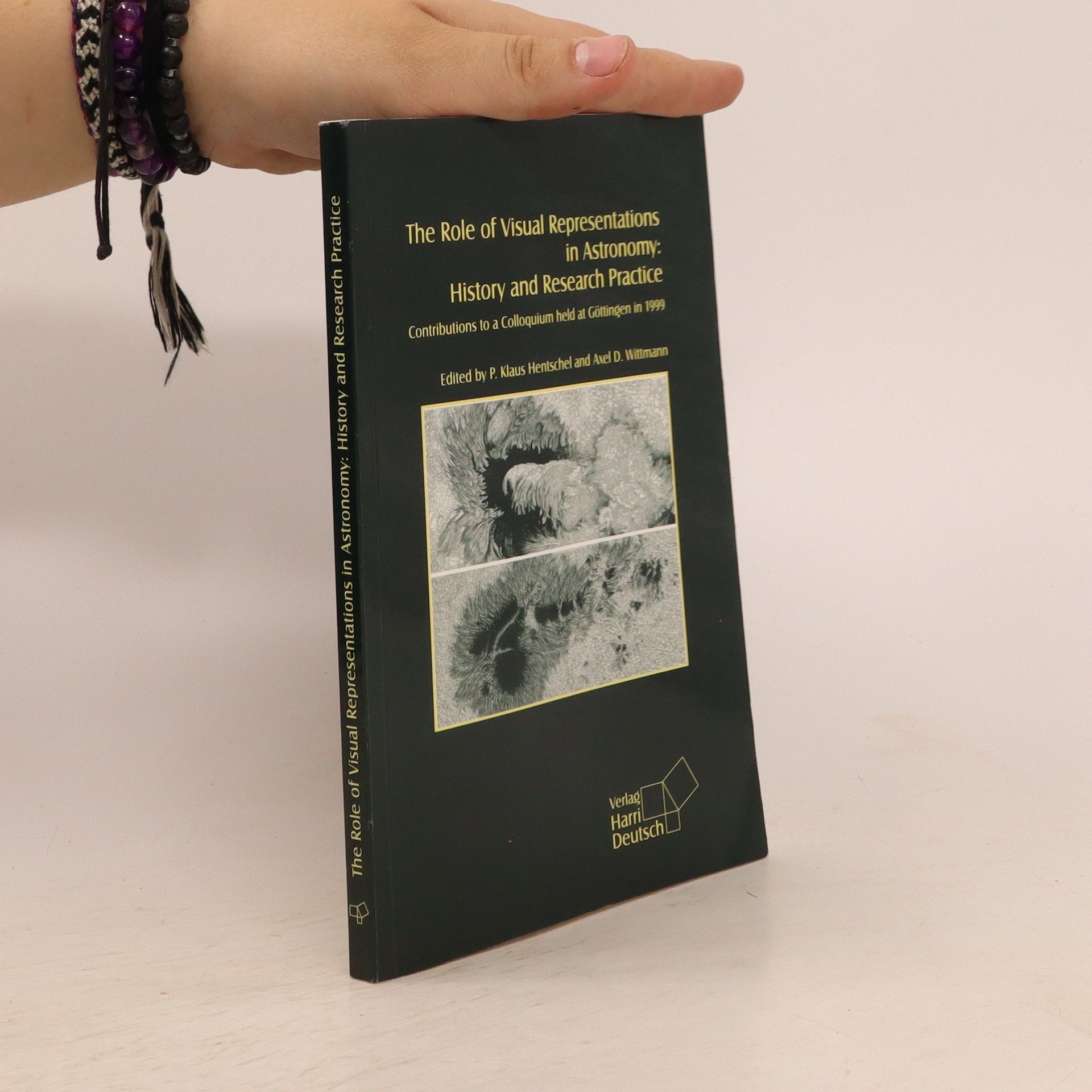Lichtquanten
Die Geschichte des komplexen Konzepts und mentalen Modells von Photonen
Dieses Buch beschäftigt sich mit der Entstehungsgeschichte des komplexen Konzeptes von Photonen aus wissenschaftshistorischer, kognitionspsychologischer und naturwissenschaftlicher Sicht. Dabei werden unter anderem sechs verschiedene mentale Modelle des Lichtquantums bzw. Photons diskutiert. Der Bogen wird vom Teilchenmodell Newtons, dem Singularitätsmodell Einsteins und Bohrs bis zum modernen Konzept der Quantisierung des elektromagnetischen Feldes in der Quantenelektrodynamik gespannt. Der Autor beschäftigt sich zuerst mit der Entwicklungsgeschichte des Photons innerhalb der modernen Physik ab 1900, bevor er zwölf Bedeutungsschichten des Photons ausgehend vom Anfang des 20. Jahrhunderts präsentiert. Anschließend werden die mentalen Modelle des quantisierten Lichts diskutiert und das heutige Modell des Photons besprochen. Die erste Auflage dieses Buches hatte ca. 16.000 downloads und eine altmetric von 10. Die deutlich erweiterte zweite Auflage des Buches wurde unter anderem durch zusätzliche Abschnitte über semiklassische Theorien, Dirac, QED und über die Feynman Lectures ergänzt. Ferner wurde das Kapitel über verschiedene Modelle der Begriffsentwicklung und den hier vertretenen Ansatz der Suche nach mentalen Modellen stark erweitert. Das Buch richtet sich sowohl an Naturwissenschaftler wie auch an Wissenschaftshistoriker und Andere, die sich mit der Begriffs- und Ideengeschichte von Konzepten auseinandersetzen.

